The Hawara pyramid of Amenemhat III, also known as the “Black Pyramid,” is a fascinating artifact of ancient Egyptian history. Built during the Middle Kingdom period, this pyramid served as the final resting place for Pharaoh Amenemhat III. Unlike other pyramids, it was constructed mainly from mudbrick and encased in limestone, which gave it a unique appearance. Over time, the pyramid’s outer casing was stripped away, leaving the mudbrick core exposed to the elements.
The Ancient Egyptians
Ancient Egyptian Historical Sites and Ruins
Egyptian Mythology
Ancient Egyptian Artifacts
| Ankh Cross |
| Dream Stele |
Historical Figures
| Ramses II |
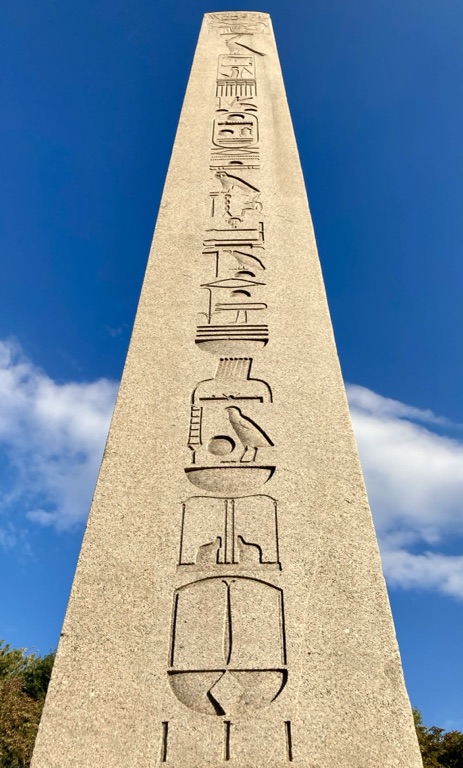
Obelisk of Theodosius
The Obelisk of Theodosius is a remarkable monument that stands in the Hippodrome of Constantinople, now known as Istanbul. Originally erected in Egypt during the reign of Pharaoh Thutmose III, it was later transported to Constantinople by the Roman Emperor Theodosius I in the 4th century AD. The obelisk is an iconic symbol of ancient Egyptian civilization and its later adoption by the Roman Empire, making it a fascinating subject of historical and architectural study.
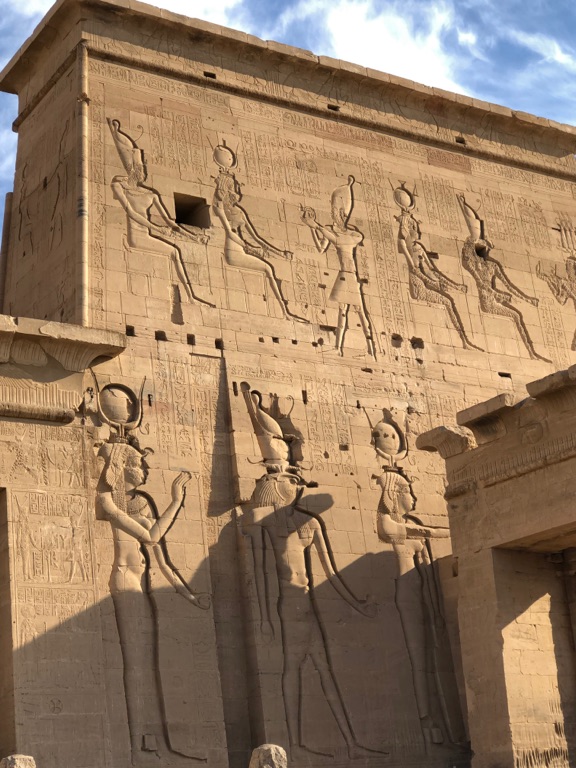
The Temple of Isis, Philae
The Temple of Isis at Philae is a significant archaeological site that provides a wealth of information about ancient Egyptian culture, religion, and architecture. This temple, dedicated to the goddess Isis, was an important center of worship and pilgrimage for ancient Egyptians. It is located on the island of Philae in the Nile River, near Aswan. The temple complex was constructed over a period of several centuries, beginning in the Ptolemaic period and continuing into the Roman era. Despite being submerged under water for many years due to the construction of the Aswan dam, the temple was saved through a massive international effort and relocated to the nearby island of Agilkia.
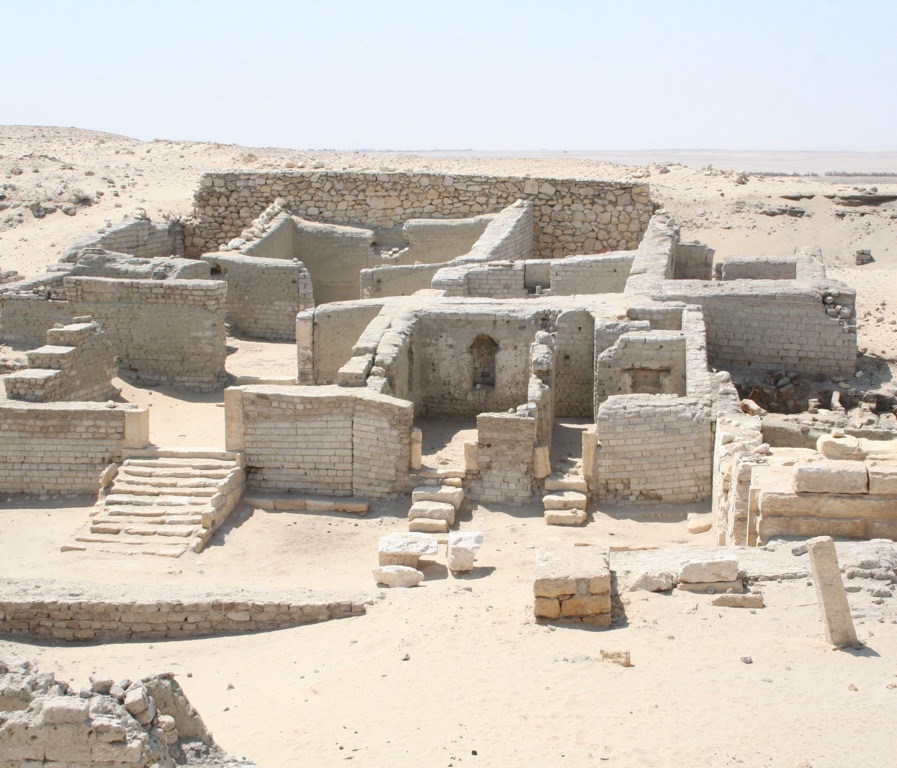
Medinet Madi
Medinet Madi is an ancient city located in the Faiyum Governorate of Egypt. Established during the Middle Kingdom period, it served as a significant religious center dedicated to the cobra-goddess Renenutet and the crocodile-god Sobek. The city flourished during the Ptolemaic period and was occupied until the 7th century AD. Its ruins, preserved in the desert environment, offer a unique glimpse into the architectural and cultural practices of the civilizations that inhabited it.
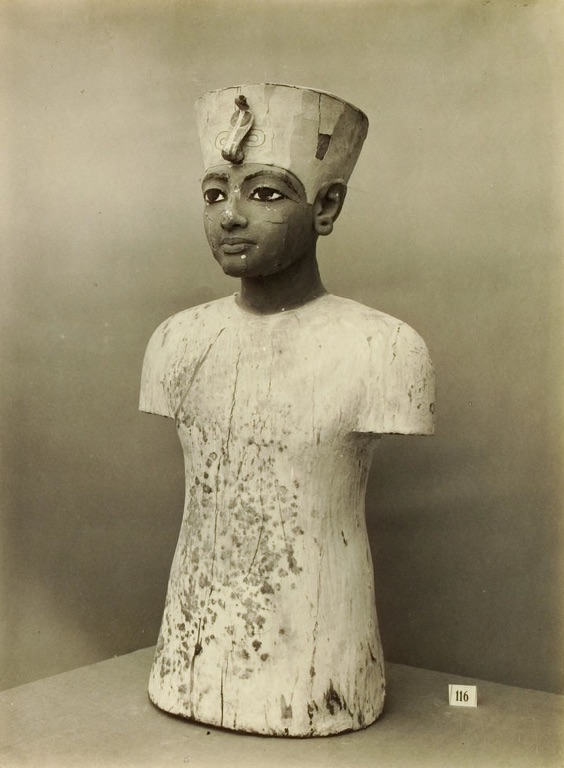
Tutankhamun: The Life and Legacy of a Young Pharaoh
Tutankhamen, or King Tut, was an Egyptian pharaoh who ascended to the throne at a young age. He reigned during the 18th dynasty, around 1332 to 1323 BCE. Tutankhamen’s rule was brief and relatively insignificant in the grand scheme of Egyptian history. However, his legacy endures due to the discovery of his tomb in 1922 by Howard Carter. This find gave the world an unprecedented glimpse into ancient Egyptian royal life, with an abundance of valuable artifacts and the pharaoh’s mummy. King Tut’s tomb was remarkably well-preserved, offering rich details about his life and culture. The contents of his burial chamber continue to mesmerize scholars and enthusiasts alike, sparking a renewed interest in ancient Egypt.
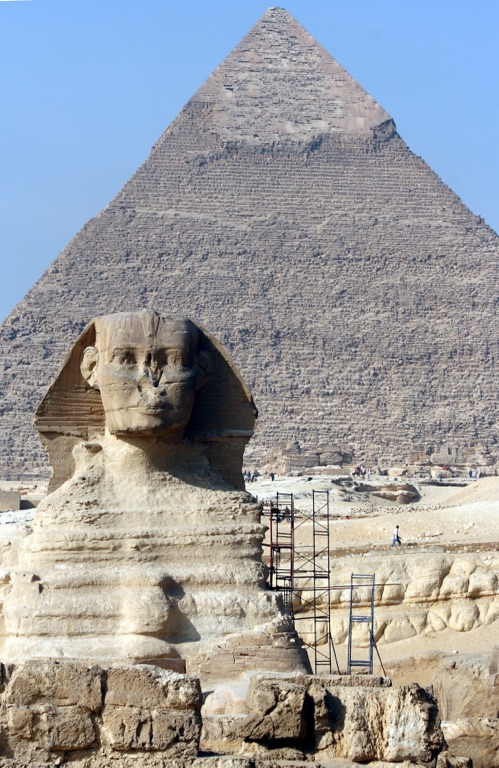
Unveiling the Mysteries of the Great Sphinx of Giza
The mysteries surrounding the Great Sphinx of Giza, primarily its age, continue to pique scholarly interest. The traditional belief places its construction during the reign of Pharaoh Khafre, yet evidence from geological studies hints at a much older origin. Difficulties in employing precise dating methods on the Sphinx itself mean that this enigma endures, with theories ranging across centuries. The Great Sphinx has also served as a potent symbol, entrenched in the cultural and religious fabric of ancient Egypt. Its leonine body and human head suggest a link to solar worship, portraying the pharaoh as a divine protector. Modern interpretations of the Sphinx extend its significance, contemplating its role in the mythical and touristic imaginations.

